Imagine how many more vegetables you could grow if you just had a few more weeks of warm weather. That’s what season extenders are for. From plastic tunnels to floating row covers, here are my favorite ways to get a jumpstart on spring planting to lengthen the growing season!
In many areas of the country, the gardening season is in full swing, but spring is so fickle! While I always plant the spring peas early and get the onions transplanted, there is so much more I’d like to do.
Season-extending devices will let me leaf frog forward by protecting my plants from the cold, wind, and even pests. They not only cover plants, but also warm the soil.
Favorite Season Extenders
Here are some of my favorites:
Cold Frames
A simple cold frame is just a bottomless box with the back slightly higher than the front. Fitted with a hinged, translucent top it should be placed where it will catch the sun’s rays to warm things up during the day. The slanted top allows rain to run off.
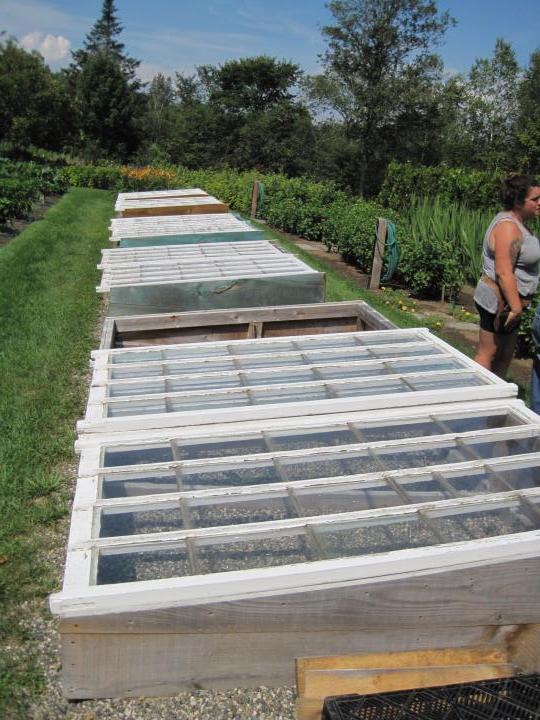
Old storm windows make a great cold frame cover but if they are too heavy for you to lift easily, remove the glass from the frames and replace it with plastic.
To insulate the box, stack bales of hay or bags of leaves around the outside. Bricks or jugs filled with water and placed inside can function as mini heat sinks, absorbing heat by day and radiating it back at night.
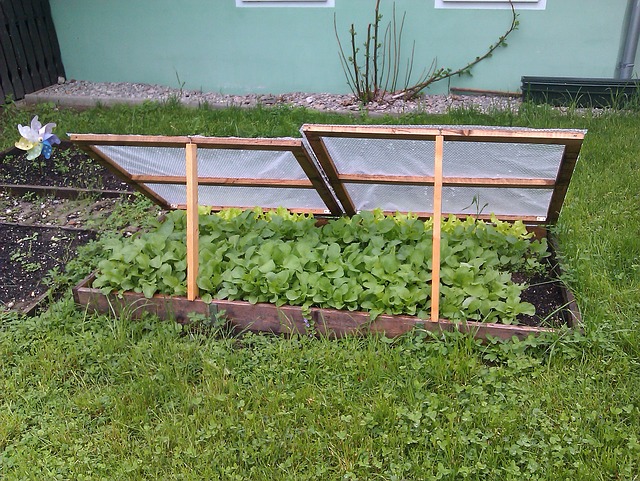
You can place your tender transplants in here to harden them off and get them ready for planting in the garden or seed the cold frame with early greens, carrots, and beets. The most important thing about using cold frames is ventilation. It’s hard to believe but even if the outside temperature is freezing it can still get quite hot inside your cold frame on a sunny day. Be sure to keep an eye on the temperature and open the frame when it gets too hot; a min/max thermometer placed inside the cold frame will help.
Not being home during the day to tend your cold frame makes it hard to keep track of weather changes. In the past, I have come home from work to find that the plants fried because the sun came out on a day forecast to be cloudy or froze when a sunny day turned suddenly frigid. It is safe to say that if the temperature will be above 40 degrees and the sun will be out you should open the frame a bit before leaving the house.
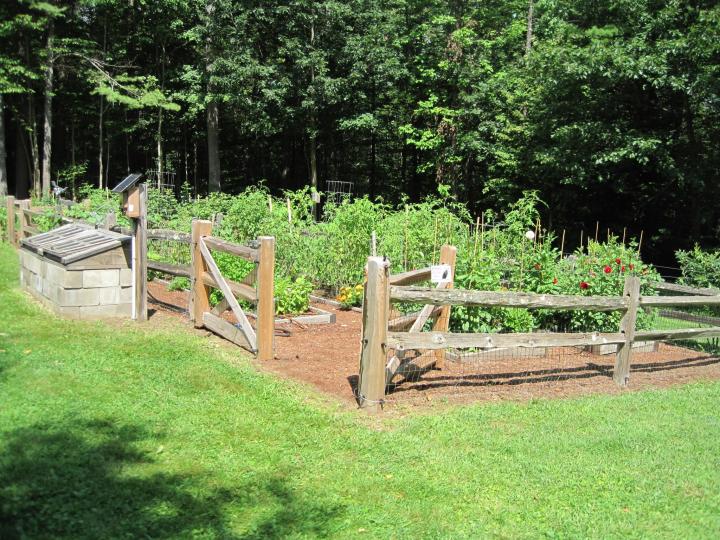 Cement blocks can be used to make a cold frame.
Cement blocks can be used to make a cold frame.
Hot caps, cloches, and Wall o’ Waters
There also smaller portable plant protectors good for covering single plants in the garden to give them a head start.
- Hot caps are little tents made from waxed paper or plastic. Unless they have vent holes they need to be removed when the sun is out or your plants will fry.
- Cloches are a little fancier. Made from glass they trap heat and humidity and will cook a plant if not lifted on a sunny day.
- You can make something similar from a plastic soda bottle or milk jug. Remove the bottom cutting 3 or more tabs that can be folded out. Poke a pair of holes in each tab and use a ground staple to hold them in place. To vent just unscrew the cap.
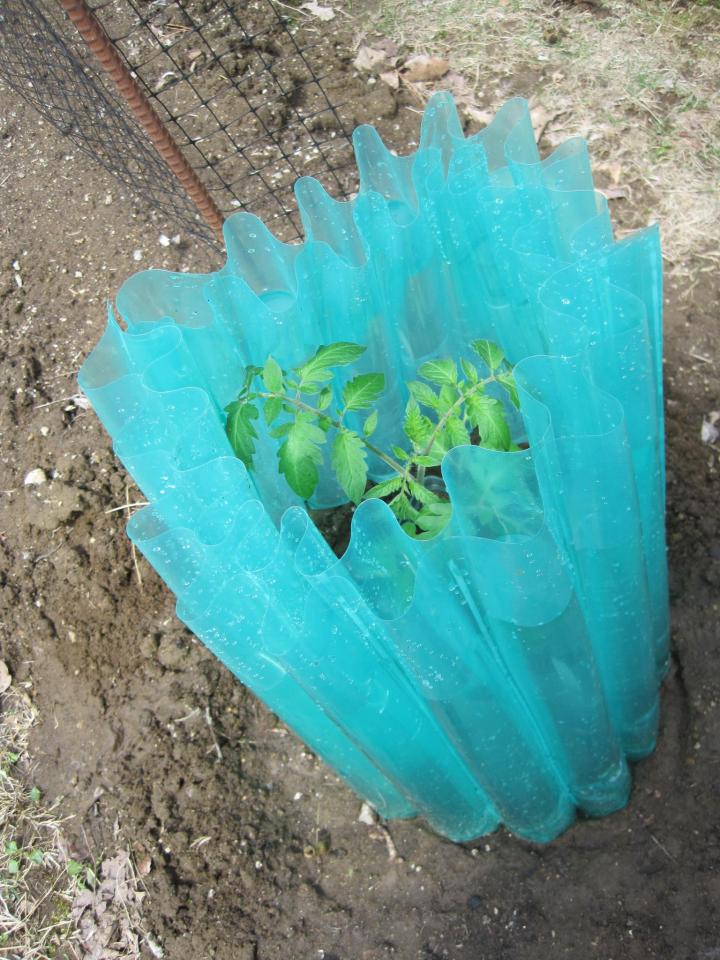
- Wall o’ Waters are made of tubes that are filled with water and surround an individual plant. The water heats up both the soil under it and the air inside it so your tomato or pepper or melon plant will think it is summer when the temps outside say otherwise. Supposedly they will protect a plant even if the outside temp drops down to 12 degrees. I think it might turn into a wall o’ ice at that low a temp but many gardeners swear by them saying that the wall o’ waters give them extremely early tomatoes. The top is open so they are self-venting but they do need to be removed when the plants get tall and that can be tricky. Water is heavy and if the plant is very tall it could be damaged in the process.
Reemay Floating Row Covers
Reemay is a garden fabric made of spun bonded polyester that lets in light and rain and keeps some of the heat built up during the day from radiating back out at night. Also called floating row cover it can be laid over early crops and held down on the sides with rocks or soil.
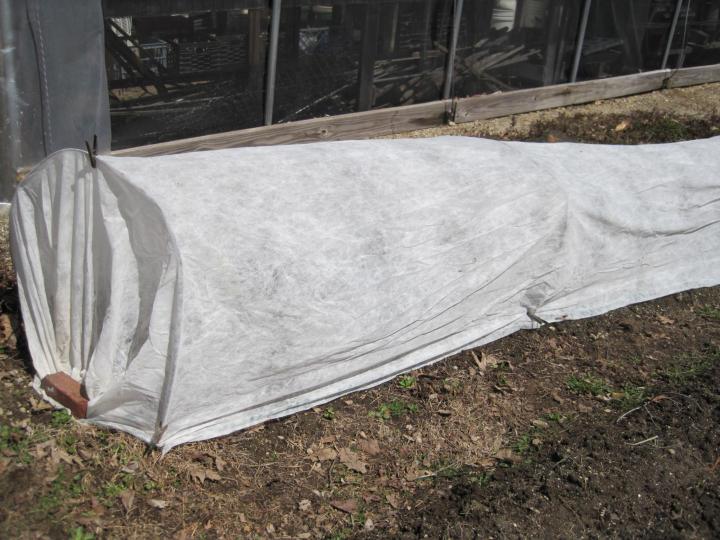
Even better it makes a sweet mini-greenhouse when supported by hoops made from heavy gauge wire or plastic pipe. Attach it to the hoops with clothespins and secure the sides and ends with stones or soil. There are different grades of reemay ranging from lightweight which gives about 5 degrees of frost protection and transmits 85% of the light to heavy which gives about 10 degrees of extra warmth but transmits only 50% of the light.
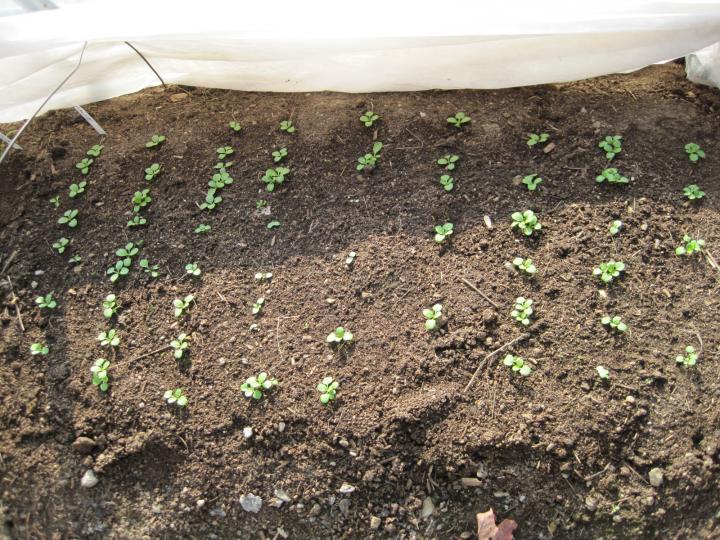
We use these to not only protect the plants from cold weather but to exclude insect pests that are waiting for a free lunch. Since air can pass freely through the fabric they won’t overheat and don’t need close tending. Just make sure they are well anchored otherwise, after a strong wind hits, your yard will look like there has been an explosion in a laundromat with fabric blowing everywhere!
Plastic Tunnels
Hoop house or tunnels can be made using the same wire or PVC pipes for support but instead of reemay cover them with plastic. It needn’t be heavy, 3 mil plastic from the hardware store is fine. This mini-greenhouse will need to be opened on sunny days to keep plants from overheating.
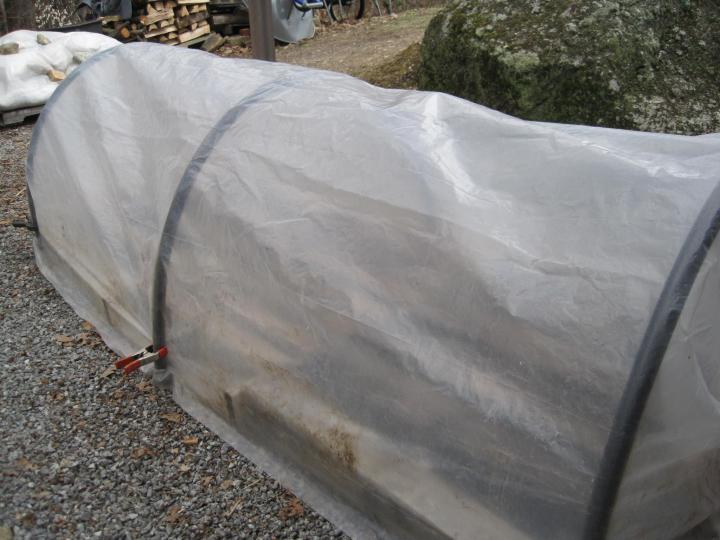
We have grown some excellent container plants in this type of inexpensive temporary structure. The same hoops can be covered with shade cloth in the summer for growing lettuce and other greens in hot weather.
All of these season extending devices can be used at the other end of the growing season too, allowing us to gain a few more precious days when things wind down in the fall.
Learn more about season extenders.

